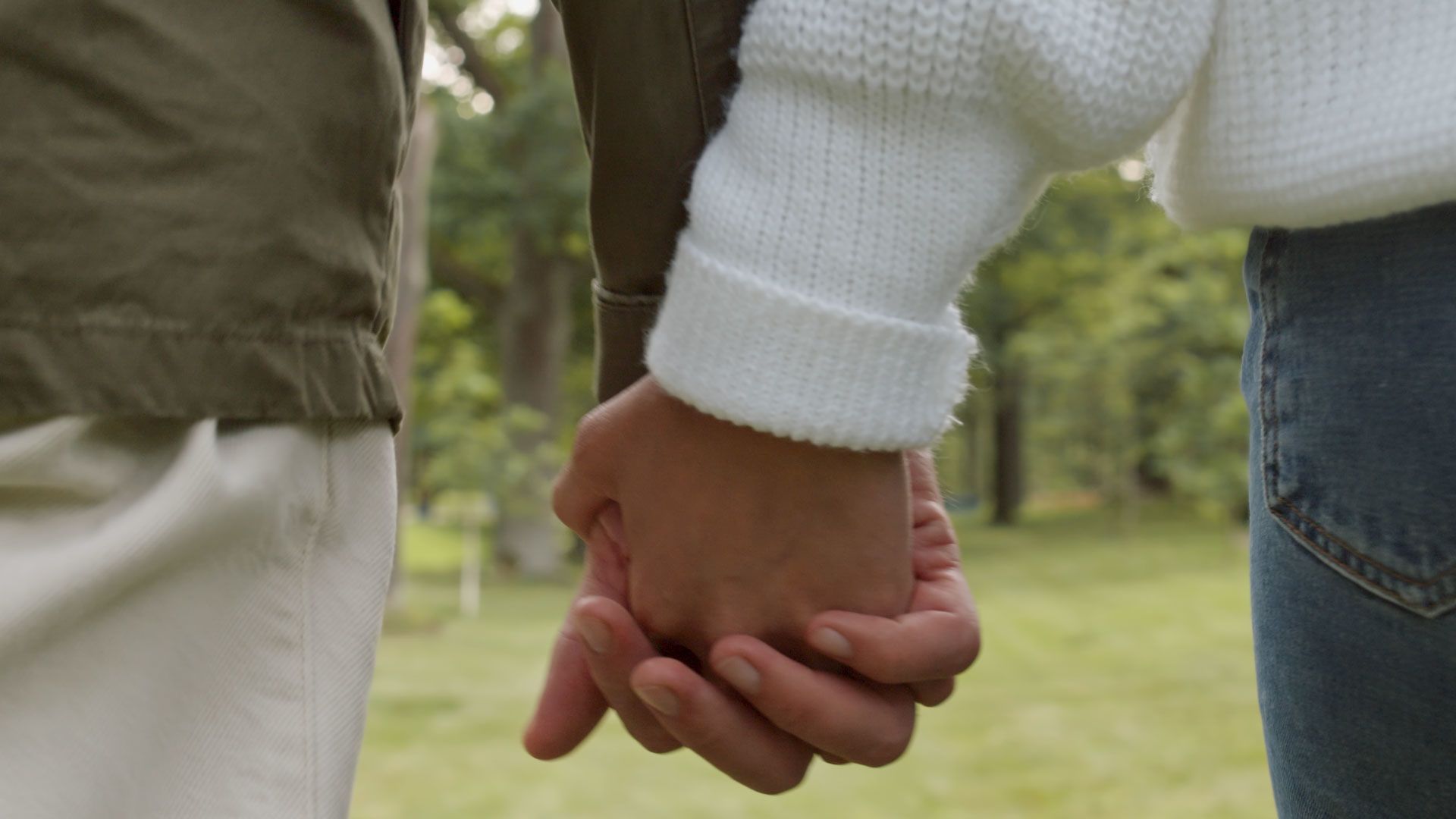‘I wanted to have sex but it was physically impossible’
Life with severe vaginismus

Vaginismus is rarely discussed, yet its impact can be devastating for those affected. The condition occurs when the vaginal muscles involuntarily tighten, usually when the vulva is touched. It can make it impossible to have penetrative sex, get a pelvic examination or insert a tampon.
Ahead, 25-year-old Amanda* explains how vaginismus has affected her life.
*Name changed
When did you first notice the condition?
Amanda: My partner and I did not have sex until our wedding night, so I sadly discovered on my honeymoon that I could not have sex (poor guy!). It was during those many failed attempts, along with accompanying severe pain in my pelvic floor, that I realised something wasn’t right and I needed to see a doctor.
Did you know vaginismus existed?
Amanda: I’d heard the term before, but wrongly assumed vaginismus was due to an emotional rather than physical response. I loved my partner and was excited about the possibility of having sex, but for some reason, my body would keep rejecting the intrusion.
Did you suspect there might be a problem earlier on, when trying tampons or getting internal check-ups, for example?
Amanda: The few times I tried tampons throughout my teens, it was always uncomfortable and I had to remove them quickly. I naturally assumed the area was tight from never having used those muscles, but figured this would change when I became sexually active.
In Australia, cervical screenings are encouraged from age 25 if you are or have been sexually active. As I got married before age 25 and was a virgin, I’d never had an internal check-up.
I did ask a GP for one before I got married, to make sure everything was functioning normally, but she told me it wasn’t necessary.



How would you describe vaginismus? What does it feel like?
Amanda: Literally, I would describe it as a block. For some reason, whether physically or emotionally driven, your body blocks any form of intrusion. You can be aroused, excited and ready for intercourse, but your body doesn’t open. There can be burning and deep muscular pain too.
Emotionally, it takes an even bigger toll. Being a virgin when I got married, there was a lot of shame in not being able to fulfil that part of my marriage. As a woman, and knowing it was my fault, I carried this quite intensely and at times hated myself deeply.
Thankfully, I had a very steadfast and supportive husband who was kind and patient, and walked alongside me throughout the whole journey from diagnosis to treatment – in sickness and in health, right?
When and how did you get a diagnosis?
Amanda: When I realised sex was impossible, and the muscles in my pelvic floor would not cooperate, I sought the guidance of a lovely GP who specialised in women’s health. She initially diagnosed me with vaginismus before referring me to a gynaecologist for further investigation. The gynaecologist acknowledged the vaginismus and its underlying cause being severe endometriosis. But he also diagnosed me with vulvodynia.
So endometriosis caused the vaginismus?
Amanda: My gynaecologist believed so. Throughout the ages of 17 to 20, I was rushed to hospital several times for severe period pain due to endometriosis. Every month, my cycle was very difficult to manage and despite going on the contraceptive pill to try to reduce the pain, the damage was done. I had spent years getting such extreme pain in my pelvis that my body’s natural response was to tighten at the thought or presence of pain.
Has treatment for vaginismus been straightforward?
Amanda: Unfortunately, it’s been quite extensive due to the underlying endometriosis. I’ve had keyhole surgery to remove the endometriosis. During this surgery the gynaecologist also performed a procedure to help relieve some of the tightness in my vagina.
After recovering from surgery, I saw a pelvic floor physiotherapist for months. During those sessions, I did pelvic floor exercises, received needling in my pelvic floor muscles and got internal massages (not as fun as they sound!).
At home, I also had to keep up personal physiotherapy, which included using different-shaped dilators to help stretch the muscles and re-train them to not instinctively feel pain. I also used a TENS machine to help alleviate some of the pain.
It sounds like you’ve been through a lot … how are things now?
Amanda: It’s taken a while, but now I can enjoy sex and use tampons easily. But when you have a condition like this, it sadly doesn’t go away all the time. I need to continually do therapy to keep the muscles flexible and functioning properly.
Honestly, my husband, my faith and a few key friends and mentors were pivotal to me getting through. So I’d really encourage any women who are experiencing similar issues to seek out great GPs, therapists, physios and friends for support, and know that there is light at the end of the tunnel.
If you think you might have vaginismus, know that you’re not alone. Reach out to a GP who specialises in women’s health.
To find out more about the condition, head to our Vaginismus webpage.
© 2023 Jean Hailes Foundation. All rights reserved. This publication may not be reproduced in whole or in part by any means without written permission of the copyright owner. Contact: licensing@jeanhailes.org.au
Interview by Kate Cross. Illustrations by Tam Bower.
Updated July 2024
This article is designed to be informative and educational. It is not intended to provide specific medical advice or replace advice from your medical practitioner.
Jean Hailes for Women’s Health gratefully acknowledges the support of the Australian Government.
